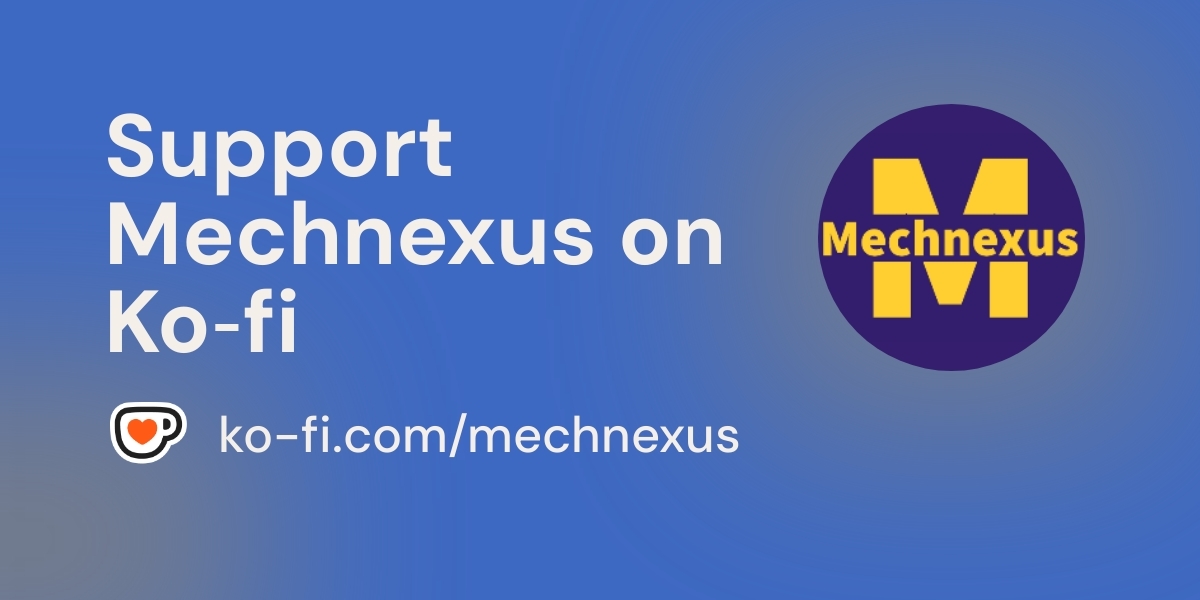
An exit interview for a professional is a structured conversation between a departing employee and a representative from the organization, typically from the Human Resources department or their direct manager. It is conducted when an employee has formally resigned and serves as a crucial tool for gathering honest feedback about their experiences within the company.
The primary purpose is twofold. For the employer, it is a valuable mechanism to gain insights into the company’s work culture, management effectiveness, policies, and overall employee experience. This feedback is instrumental in identifying systemic issues, reducing future turnover, and improving the organization for current staff. For the departing professional, it is a final, formal opportunity to provide constructive criticism, share positive experiences, and leave on a professional and respectful note.
A professional approach to an exit interview involves preparing thoughtful and objective feedback. Instead of venting personal grievances, the focus should be on specific, actionable points. For example, one might comment on communication channels, career advancement opportunities, resource allocation, or the effectiveness of training programs. The tone should remain courteous and professional, even when discussing challenges.
Related Posts:
- Ultimate Guide to Landing Your First Mechanical Engineering Job
- From Mechanical Design Engineer to Engineering Manager: Making the Leap
- How to Negotiate Your Engineering Salary Like a Pro
Key topics often covered include the reasons for leaving, the work environment, relationships with management and colleagues, job satisfaction, and suggestions for improvement. The most effective exit interviews are candid yet diplomatic, creating a safe space for honest dialogue.
In essence, a well-conducted exit interview is a strategic learning opportunity for the company. It transforms an employee’s departure from a simple loss into a source of critical business intelligence, fostering continuous improvement and helping to retain top talent in the future. For the professional, it is a chance to cement a positive legacy and contribute to the betterment of their former colleagues.
The engineering exit interview is a unique professional moment. It’s not just an HR formality; it’s a final, strategic opportunity to shape your legacy, provide valuable feedback, and protect your professional network. How you handle it can have lasting consequences.
The golden rule is simple: Be professional, be constructive, and be gone. Your goal is to leave on a positive note, ensuring that bridges remain intact for future references, collaborations, or even a “boomerang” return.
Here’s a strategic guide on what to say and do during your engineering exit interview.
The Mindset: Your Primary Objectives-:
-
Preserve Relationships: Your manager and colleagues are future nodes in your professional network. Don’t burn bridges.
-
Provide Constructive Feedback (Optional but Strategic): Offer feedback that might help the team, not to vent your personal grievances.
-
Ensure a Smooth Transition: Reinforce that you are acting professionally and responsibly until the very last minute.
-
Protect Your Future: What you say will be documented. Make sure that record reflects well on you.
What to Do: The Action Plan-:
Before the Interview
-
Prepare Your Resignation Letter: Keep it brief, professional, and positive. State your last day and express gratitude for the opportunity.
-
Prepare Your Transition Plan: Before the interview, create a document or email outlining the status of your projects, key contacts, login information, and where files are saved. Proactively offering this shows immense professionalism.
-
Know Your “Why”: Have a clear, neutral reason for leaving ready. You do not need to reveal your entire truth.
-
Practice Your Talking Points: Rehearse how you will frame your feedback to be constructive, not critical.
Related Posts:
- How to Build a Killer Mechanical Engineering Resume
- Top 10 Interview Questions for Mechanical Engineers
- Pros and Cons of Being a Mechanical Engineer Consultant
During the Interview-:
1. The Opening: Start with Gratitude
Begin the conversation by thanking your manager and the company for the opportunity.
-
What to say: “First, I just want to say thank you for the opportunity to work here. I’ve really valued my time on the [Project X] team and have learned a great deal.”
2. The Reason for Leaving: Keep it High-Level and Forward-Looking
Avoid negative specifics about salary, a difficult manager, or frustrating projects. Frame your departure around your own career growth.
-
Say This: “I’ve been presented with a new opportunity that aligns perfectly with my long-term goals to specialize in [e.g., renewable energy systems].” OR “I’ve decided it’s time for me to explore a new challenge and grow my skills in a different environment.”
-
Not That: “The pay is better,” “I’m tired of the terrible project management,” or “My manager was micromanaging me.”
3. The Feedback: The “Praise-Sandwich” Method for Constructive Criticism
If asked for feedback, use this method to make it palatable and productive.
-
Start with the Positive (The First Slice of Bread):
-
What to say: “I’ve really enjoyed the collaborative spirit on my team and the technical challenges we’ve solved. The work on [Specific Project] was some of the most rewarding of my career.”
-
-
Offer the Constructive “Meat” (Frame it as a Suggestion):
-
What to say: “One area I believe could help the team’s efficiency even more is if there were more standardized design review checklists earlier in the process. I sometimes felt we discovered issues a bit late.” OR “I think clearer communication from leadership on project roadmaps would help engineers like me feel more aligned with the company’s vision.”
-
Key: Focus on processes and systems, not people. Talk about “the code review process” rather than “John’s sloppy code.” Talk about “project prioritization” rather than “my manager’s indecisiveness.”
-
-
End with the Positive (The Second Slice of Bread):
-
What to say: “But overall, it’s been a fantastic learning experience, and I’m walking away with skills I’ll use for the rest of my career.”
-
4. The Practicalities: Reinforce Your Professionalism
Reiterate your commitment to a smooth handover.
-
What to say: “As I mentioned in my email, I’ve prepared a detailed transition document for my projects. I’m committed to making sure the handover is as seamless as possible over my final two weeks.”
What NOT to Do: The Danger Zone-:
-
DO NOT vent, complain, or list every single thing that was wrong. It will be dismissed as sour grapes and could damage your reputation.
-
DO NOT personally criticize your manager or colleagues. This is unprofessional and will only reflect poorly on you.
-
DO NOT use the interview as a bargaining chip for a counter-offer. If you were open to staying, that conversation should have happened before you resigned.
-
DO NOT feel pressured to give “honest” negative feedback if you’re uncomfortable. A simple, “I’ve genuinely enjoyed my time here and my reason for leaving is purely about a new opportunity for growth,” is a perfectly acceptable answer.
-
DO NOT reveal where you are going if you are uncomfortable doing so, especially if it’s a direct competitor. A polite, “I’m not quite ready to share that yet, but I’ll be sure to update my LinkedIn once I’m settled,” is fine.
Related Posts:
- Top 10 Interview Questions for Mechanical Engineers
- 5 Soft Skills Every Successful Mechanical Engineer Needs
- Pros and Cons of Being a Mechanical Engineer Consultant
A Sample Script for an Engineering Exit Interview-:
You: “Thanks again for meeting with me. I’ve truly valued my time here, especially the chance to work on the [Alpha Component Design] project. It was a great team and a technically challenging problem.”
Manager: “We’re sorry to see you go. Can you share what led to your decision?”
You: “Of course. A new opportunity came up that allows me to focus deeply on [Thermal Dynamics for Aerospace], which is a long-term career passion of mine. It was a very difficult decision.”
Manager: “I see. Well, we appreciate your honesty. Is there any feedback you’d like to share about your experience here?”
You: “Overall, it’s been very positive. The team culture is great, and I’ve learned a lot from my peers. One thought for the future—I believe having access to more advanced simulation software licenses could really speed up the prototyping phase for the junior engineers. But that’s just a small observation. I’ve really felt supported here and am leaving with a very positive view of the company.”
Manager: “That’s helpful, thank you. We’ll work on the handover.”
You: “Absolutely. I’ve already started the transition document and will make sure everything is neatly documented and handed over before my last day.”
By following this approach, you transform the exit interview from an awkward finale into a strategic career move. You cement your reputation as a professional, constructive engineer, leaving the door open for a strong network and a bright future.
“Thank you for reading! If you found this article insightful and valuable, consider sharing it with your friends and followers on social media. Your share can help others discover this content too. Let’s spread knowledge together. Your support is greatly appreciated!”

